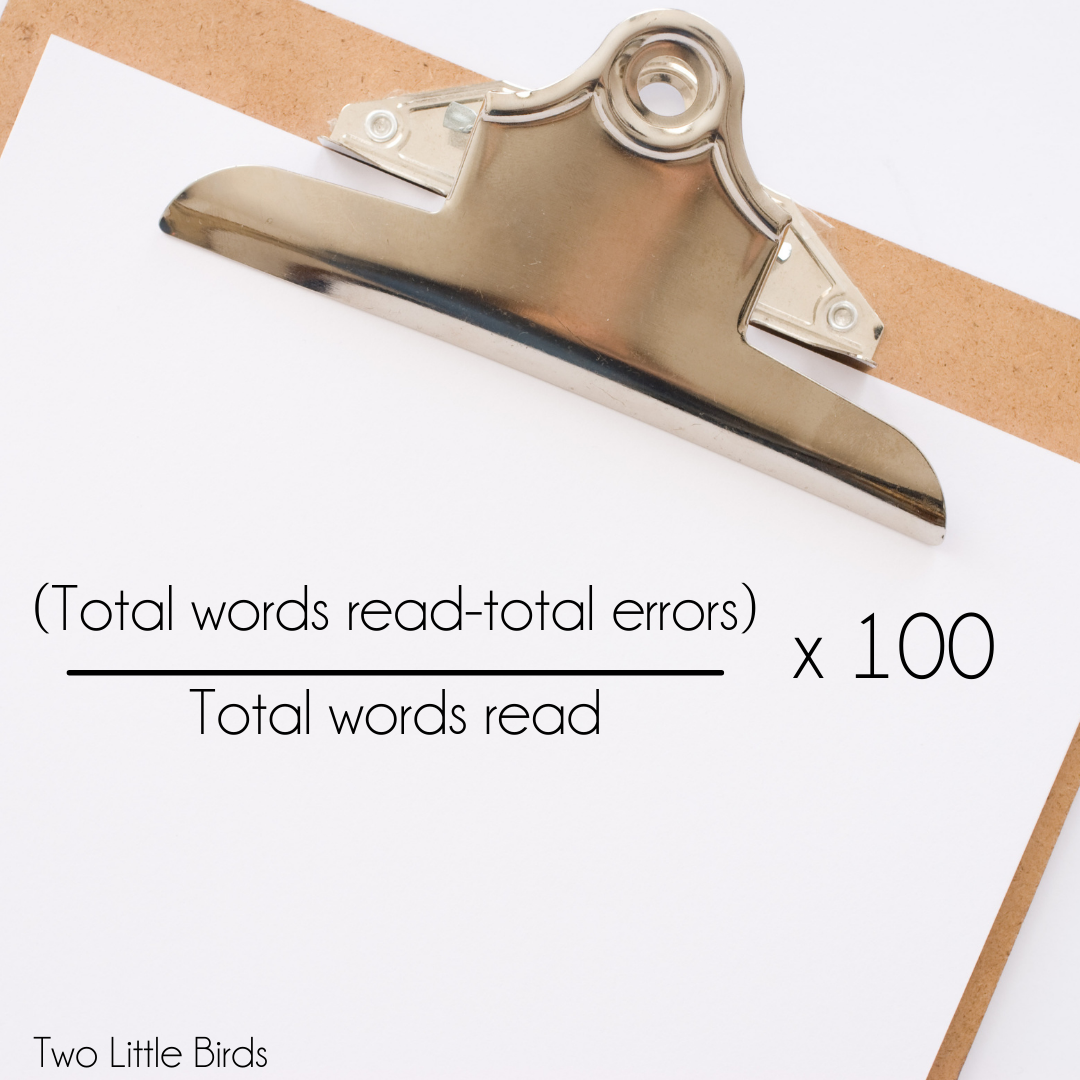Reading workshop allows your students to develop and grow as active readers, building foundational skills to be lifelong readers. Your students will acquire vocabulary skills, develop fluency, improve reading stamina, and develop a love for reading.
Students learn the fundamentals of reading when they read often and with free choice. One of the most important parts of reading workshop is time! When given time to read, students will grow and learn as readers.
Providing direct instruction at student's instructional reading levels will help improve students’ fluency, comprehension, and vocabulary but also foster a love of reading and learning in your students.
So let's get right into it and talk about grouping your students.

Using a workshop model
A workshop model consists of whole group instruction, direct instruction, and independent reading. This includes mini-lessons, independent reading time where students practice reading strategies, small group guided reading instruction, reading conferences, and a closing/share time.
Using a workshop model develops routines that are familiar to students and the predictable schedule allows students to grow as readers, speakers, and thinkers.
Your reading schedule will become student-centered, helping students develop skills as readers with guidance from you, as the teacher.
Using a workshop model for reading also allows you to group students based on their instructional reading levels. So when you are meeting with students in small reading groups, the groups are at or around the same instructional levels.
Let's start first with determining students' instructional reading levels. You can do so by completing running records.
What is a running record?
A student’s instructional reading level can be determined by doing a running record. A running record is a method of assessing a student's reading level. You can use running records to see progress in students and to create flexible groups. This makes the short amount of small group reading time that you have the most efficient.
You may check with your school or reading teachers to find the method or program your school uses for running records. Some popular programs include Reading A to Z or Fountas and Pinnell.
You can find a helpful reading level correlation chart HERE.
When you do running records, you are able to group students according to their needs and select texts that will suit their reading goals. Reading is so complex and grouping students according to their needs allows you to pinpoint their struggles and successes.
Having this one on one reading time with your students allows you to get to know them as readers; you see the strategic actions they take when struggling, you become familiar with their fluency, self-correcting habits, and reading behaviors. And, throughout the year, you will see them grow.
You may find that you like to set aside time for running records once a week, once a month, once a quarter, or you may like to do running records continuously while conferencing with students one on one throughout the year.
(I think this is the perfect time for me to add in that I do not share student levels or the levels of their groups with students. You can call groups by numbers or colors, not the leveled letter. You can make up fun names for your groups too, maybe even to go along with your classroom theme, or you can have groups give themselves a name!)
Tips for running records
- Make it a comfortable environment for the student to read one on one, choose a quiet spot, and sit next to or near the student.
- Choose a spot that is quiet, where you can hear the student reading.
- Create a schedule so that you know when you will do running records. This may be continual or a time set aside each week or month.
- Count errors when students substitute a word for another word, omit a word, incorrect pronunciation of a word, ask for help with a word, inserts an unnecessary word.
- Do not count errors when a student self corrects, repeats a word, attempts the word or phrase successfully, asks for help but is able to work it out on their own.
- If there is a name or place in the text that the student pronounces incorrectly, it should not be marked as an error each time it is said incorrectly, but only as one error throughout the text.
- Provide feedback to the reader. Praise their self-corrections…”I noticed you went back and reread __________. I love the way that you made that correction.”
- Talk about the text after reading. Oral fluency is important but so is comprehension! Don't simply ask students to tell you about the text, but ask specific questions that will give you a better idea of their reading abilities.
- Give the student an action item when they leave. Set a reading goal that they can work on to continue to grow. (I do not think this should be a level to work towards, but more a strategy that they will apply to their reading while in groups and while reading independently.)
What is an instructional reading level?
A student's independent reading level is the level in which students can read without support from the teacher.
A student's instructional reading level is the level in which the student will do best with assistance from the teacher during small group instruction.
And a student's frustration reading level will require extensive, one-on-one support (which would not be recommended for small reading groups).
A student’s independent reading level will be at a 95-100% accuracy level and an instructional level will be at a 90-94% accuracy level. If students fall below 90% accuracy, they will fall into a frustration reading level, which is what we want to avoid!
Once you have completed running records for each of your students, you can group them according to their instructional reading levels. Each group will be reading the same text while in small reading groups, so grouping them by their instructional levels will help in choosing text.
While they are independently reading, of course, they can choose a book to read at their independent level; but while working in your small group, students should work at their instructional levels. You can use this formula to determine the instructional and independent reading levels:
Now what?
So now you have done running records with each of your students and you know their instructional and independent reading levels…here comes the fun part!!!
Let's get them in groups! Yayyyy!
I know…this isn't really the fun part, lol! And it may not always be easy. But let's try to make it as easy as possible!
Groups will ideally have 4-6 kids per group. You should try to keep your lower level reading groups as small as you can, closer to 4 students so that it is easier to target individual student's needs while meeting in small groups.
It is near impossible for every child in your class to be in their instructional reading leveled group. Students fall all across the board and that is why running records are so important because you have a good idea about the child's reading behaviors and needs based on their oral fluency.
So, you can start by listing the lowest level of readers up to the highest level of readers. Then, fill in students' names where they fall among those levels and group them based on their instructional levels and your own judgment from the assessment you have done together.
Students may fall at “in-between” levels and it's your best judgment on deciding to place a child up or down a level if needed.
I hope you have found some helpful information about grouping your students for a successful reading workshop!
Remember your groups will change, and change often, so be aware of your students' needs and be flexible!
You can find a complete conferencing binder here:
Happy Reading!









